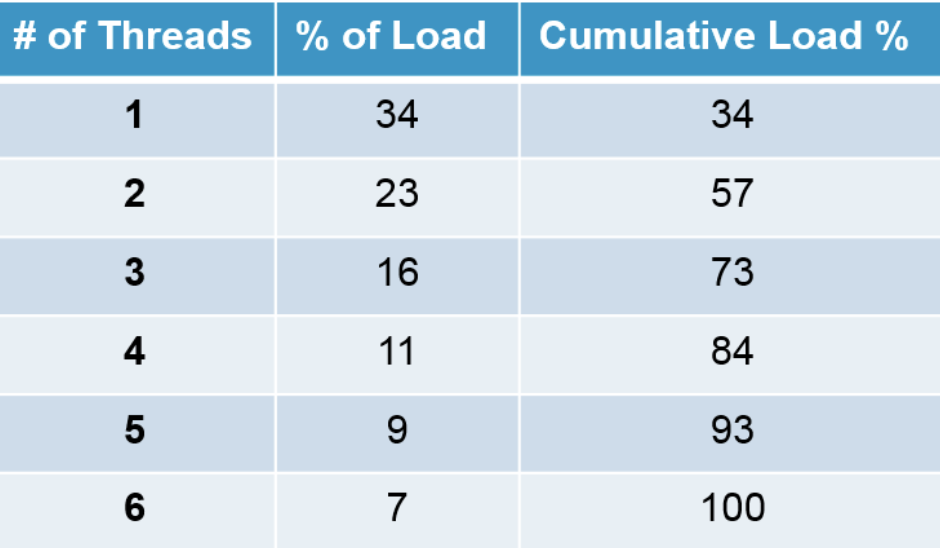How Far Does a Bolt Need to Enter The T-nut?
The Situation: You don't want the bolt to stick out the back of your climbing panel. This can be a challenge due to the varying thicknesses of climbing shapes and the bolts usually being in 1/2" sizes. You should use furring strips to accommodate the bolt to protrude out the back of the panel so that you engage every thread of the T-nut. Because you cannot see how many threads you are engaging and common sense dictates, make your connection as strong as possible. So engage them all. A climbing hold releasing from the wall when being climbed on is a bad day for that climber. Let's keep our climbers as safe as possible.
But what does science say about "How many threads do I need to make a strong connection?" The answer is that it varies, but six at most. Because bolts stretch slightly when a load is applied, the loading on each thread is different. The first thread at the point of connection sees the highest percentage of the load when you apply a tensile load on a threaded fastener. The load on each thread decreases from there, as seen in the table below. Additional threads beyond the sixth will not further distribute the load and will not make the connection any stronger.*

When a bolted connection will be subjected to a fatigue loading (as with climbing holds) you want to tighten the bolt up to its yielding point for maximum strength. A bolt will experience zero change in load if the applied tensile force is less than the compressive force of the connection. A tightly fastened connection is better suited to withstand fatigue loading than a loose connection because the bolt itself will not sense the fatigue load, only the constant force applied due to the clamping of the joint.**
The bottom line is that if you are not 100% sure that you have engaged six threads, use a longer bolt to ensure it passes through the entire T-nut.
Footnote:


